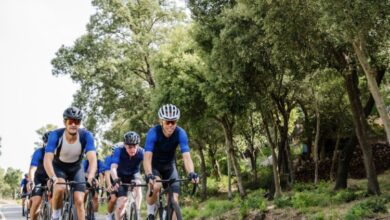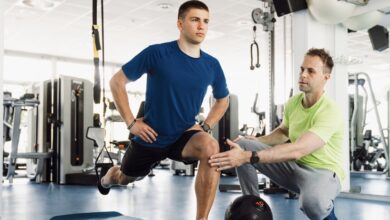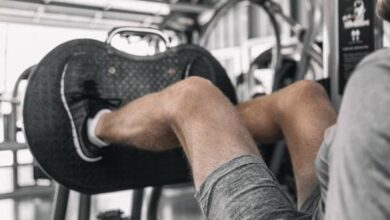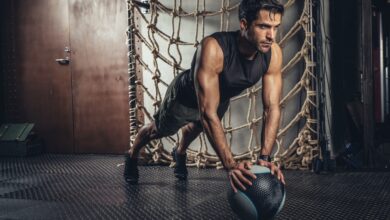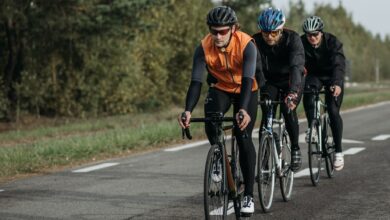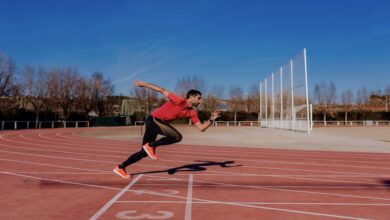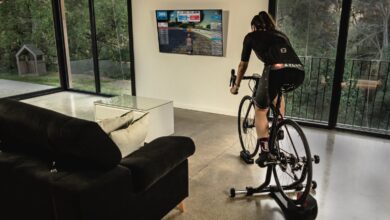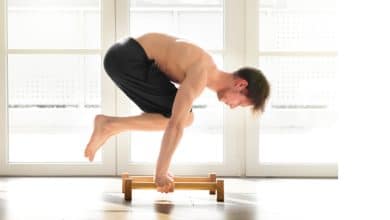Do you want to start training with a potentiometer and you don't know how?
potentiometer training can be complicated for many, so we tell you how to learn to use it

Over the years, cycling changed the way of training considerably, now everyone recommends training with potentiometer.
However, potentiometer training it can be complicated for a long times. I personally use the potentiometer Favero Assioma Duo.
Later I will explain the reasons that and advantages that exist when using this potentiometer unlike others, If you use Osymetric, Rotor or any oval plate, I invite you to pay special attention.
A Little History
40-50 years ago, track sprinters used really lightweight 49-14 developments, now we can see sprinters moving extremely hard 53-12 developments. Earlier it could be heard that the high rate was related to the cyclist's state of form, and at a higher rate the form state was better.
Then it was the heart rate monitor and having really low pulsations at rest was related to the cyclist's state of shape. While many of these statements are largely true, we are now in a cycling stage where potentiometer training has become indispensable If you want to excel, either in cycling or in triathlon.
The cadence can be affected by the length of the legs and length of the cranks. Just as pulsations can be affected by stress, caffeine, rest, etc. But nevertheless, the power measured in watts generated by our legs does not change and is the more accurate measure what can we get so far To measure the effort.
The most accurate method to train
There is still much to improve in the field of potentiometers. Did you train 3 windy hours against 250 watts? Wear is terrible, when environmental factors influence. But remains the most accurate method to train and The best for now.
When training with the power meter we can observe how our pulsations pass from 120 to 160 and vice versa while maintaining the same output power on the legs.
Why should I train with a potentiometer?
It wasn't until long ago that I asked myself the same question. The answer is simple; If I want to make the most of the little time I have to train, I need to train with power.
What is the reason? Unlike training based on heart rate, the power allows us to measure the muscular demands of the effort instead of just aerobics. The metrics-based approach to training that power provides is invaluable in helping athletes achieve their goals.
Before starting train with potentiometer you must understand the information that it will provide and how to use it. This is the first installment of a series of articles that will help you get the most out of your power meter.
I already have a potentiometer. What should I do now?
The first thing to do when you get a power meter is perform a fitness test to establish your training zones. At next article we will talk about training zones and how to calculate them but first you must know the most important metrics to consider.
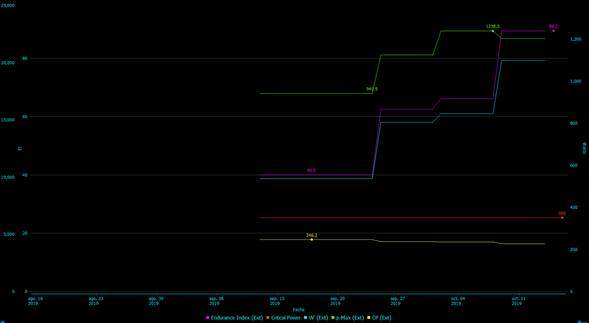
Metrics
Don't worry, it's easy to understand and doesn't have to scare you. Knowing the metrics and mastering them may be the main problem for athletes who start training with a potentiometeror. My athletes keep track of the following metrics:
Power / weight ratio (W / Kg)
It's perhaps one of the most important metrics, according to the rule, all other things being equal, the rider with the highest power-to-weight ratio will be the fastest.
Simply put, it is the amount of energy you produce per kilogram of body weight. The higher the number, the stronger you will be.
A professional cyclist is around the 6 watts, but don't worry if you don't reach those numbers, lWe are going to work together.
Stress Score (TSS)
It is a way of measuring the amount of stress that is put on the body after a tour.
The stress score is calculated using Normalized Power (NP), (below) Intensity Factor (IF) (even further down) and the duration of the tour. TSS helps determine the best combination of workouts and rest periods.
A pocas palabras TSS measures the total workload during the journey made. TSS It quantifies how much work was done and, therefore, how much recovery is needed.
Normalized Power (NP)
How do you know how complicated a training was? Distance? Weather? Average speed? Medium power? Uff ... You were close.
La normalized power It is the most useful tool to calculate how challenging the training was.
The average power has a purpose, since provides an overview of the tour, but for those irregular paths, it is better that you use the normalized power when you try to perceive "how difficult" your effort was.
Intensity Factor (IF)
Intensity factor It is key to calculate our TSS stress score. The IF is the ratio of the normalized power of a training to your FTP. (below).
IF = NP / FTP
Think of IF as a snapshot of how intense (hard) a workout or ride was. You can use this metric to understand if your perceived effort coincided with the actual intensity and if you were in the goal of the training.
Although it is useful as a global indicator of training, in the same way that we can analyze variables such as average power, accumulated unevenness or average heart rate, it is interesting to analyze the IF of specific sections of the training, such as a prolonged repetition in the tempo zone or threshold, areas of which we will talk later.
FTP Functional Power Threshold
We'll talk about him in the Next article and we will teach you how to calculate it. But, so as not to leave you with doubt, FTP is the maximum average power you could develop during an effort of one hour. And do not worry that to calculate it it will not be necessary to try to break the time record.
Don't miss the series of articles that will help you train with potentiometer, understand how it works and improve your power workouts. If you have any questions or suggestions, do not hesitate to contact me.
Instagram: Berthy Perez Lases
There are no previous results.








